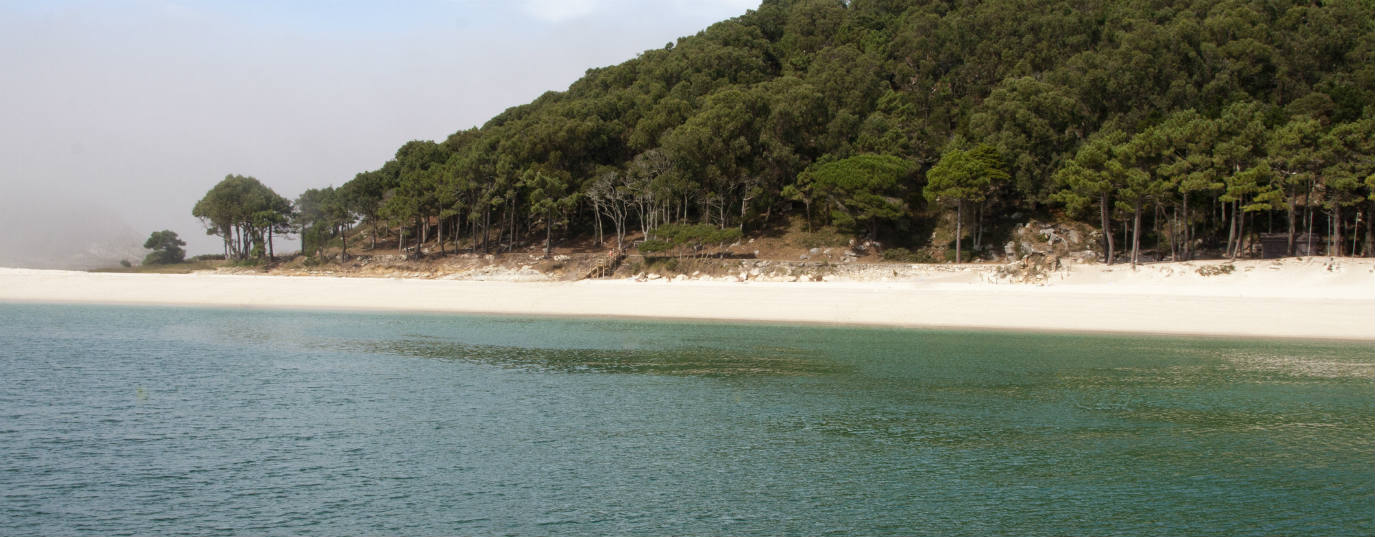What are carbon sinks?
Find out how carbon sequestration is carried out in forests and oceans and by artificial techniques in this video
What are carbon sinks?
In the fight against climate change, not only humanstry to counteract the effects of global warming with mitigation and adaptation measures, but nature itself has its own weapons to try to keep the average temperature of the planet from increasing.
For that, carbon sinks, which are natural (oceans and forests) and artificial deposits (certain technologies and chemicals) absorb and capture carbon dioxide (CO2) from the atmosphere and reduce its concentration in the air.
Natural carbon sinks: oceans and forests
Oceans are considered the main natural carbon sinks, as they are capable of absorbing about 50% of the carbon emitted into the atmosphere. In particular, plankton, corals, fish, algae and other photosynthetic bacteria are responsible for this capture.
In the case of forests and other woodland areas, carbon sequestration is done through photosynthesis. Plants absorb CO2 from the atmosphere, store some of its carbon content of, and return oxygen to the atmosphere.
The problem with natural carbon sinks is that they have a maximum limit, causing (among other impacts) ocean acidification when exceeded. This acidification consists of a decrease of the pH of the water caused by the absorption of carbon dioxide.
The acidification of the oceans negatively impacts species such as corals, algae, shellfish and mollusks, which are weakened and in many cases become ill and die.
Artificial techniques for carbon sequestration
To enhance and accelerate the natural process of carbon sequestration there are artificial techniques that extract carbon from the atmosphere and store it in the earth's crust.
However, these technologies have not acquired the efficiency and maturity needed to cope with the extreme changes that climate change poses, and sometimes, in critical cases, CO2 escapes the artificial sinks (carbon leakage)
In conclusion, carbon sinks are an important help to combat climate change, but they do not solve it. It is essential to abandon our dependence on fossil fuels and to make a strong commitment to renewable energies.







